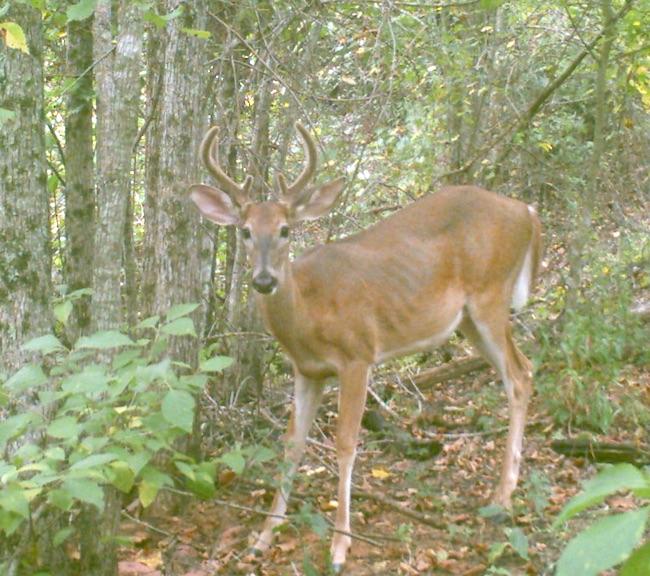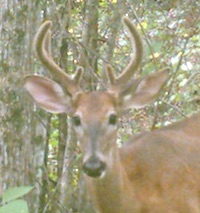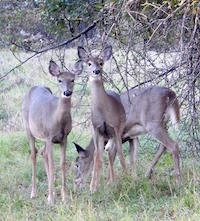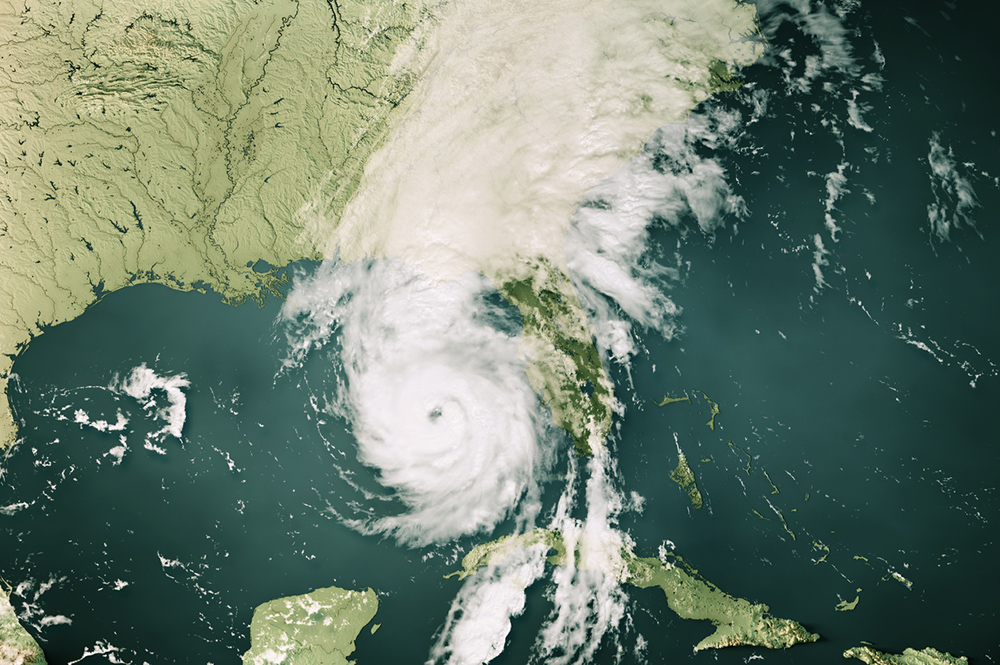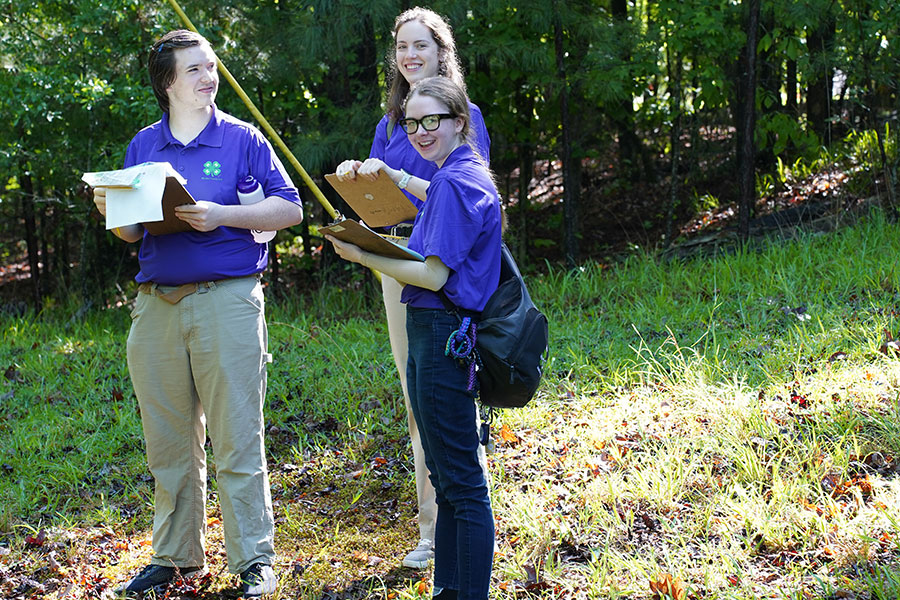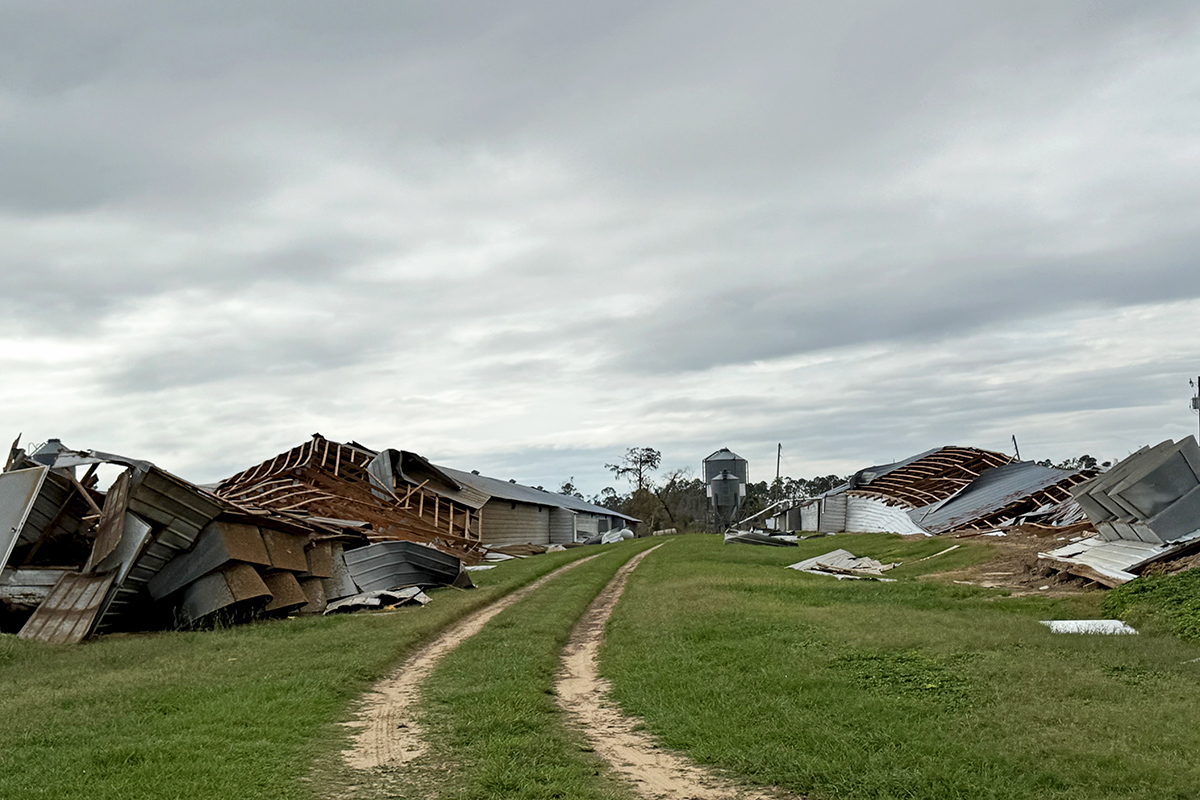Once again, it is that time of year when bucks start chasing does, and deer hunters hit the woods. You guessed it: It is time for the rut, or breeding, season. But the question to be answered is, “How do biologists predict when the rut is going to be?”
Rut season is when bucks furiously seek to breed. During this time, buck feeding activity severely decreases, and bucks’ primary goal is to breed as many does as possible. Throughout this period, bucks become aggressively territorial. With whitetail deer, this territorial behavior is not so much about defending a particular piece of land, but rather, excluding other bucks from breeding a receptive female.
Understanding the timing and triggers of the rut requires a bit of familiarity with the whitetail life history. The events that precede the rut, like foraging, antler growth, stripping velvet, sparring and fighting, all have a particular purpose. However, while all of these activities are essential to a buck’s successes or failures during the rut, the actual initiating factor that brings about the onset of the rut is much less obvious.
Similar to antler growth, the rut is triggered by photoperiod. A decrease in the number of daylight hours causes an increase in melatonin production in the pineal gland within the brain, causing an increase in testosterone production. In does, the increased melatonin levels induce the onset of an estrous cycle.
The oscillations in hormone levels generate a physiological response and a change in behavior. Bucks begin to make rubs and scrapes, building muscle in their necks and causing a swollen look. These rubs and scrapes are also the bucks’ calling card for does, as they lay a scent down from a scent gland located on the forehead and in the tarsal region of their hocks. Doe often locate scrapes and urinate in them, signaling that they are receptive to the buck. Bucks are often observed sparring and fighting with other bucks in shows of dominance between bucks in the same area.
So now that we have a basic understanding of what the rut is and what causes it, it is time to answer the question from the beginning of the article: How do biologists predict when the rut is going to be? The answer is not as complicated as one may think. Simply put, predicting the rut is primarily done through fetal aging, a technique that has been used by cattle producers and obstetricians for years. It can be done by anyone with a fetal aging scale.
To use the fetal aging method, a fetus is extracted from a harvested doe. Once removed, the fetus is laid on a flat surface next to the fetal scale. A measurement is taken from head to rump and recorded. Using this measurement, a date of conception can be determined. Fetal scales operate off of the Julian calendar. To determine when the fetus was conceived, convert the date the doe was harvested to the Julian date. For example, a deer harvested on Dec. 16 would have been harvested on day 350 of the Julian calendar. If the fetus was determined to be 52 days old, then the date of conception would be on day 298, or Oct. 25. Going one step further, had the doe lived, the delivery date would have been on day 496, or May 11.
Once biologists determine the number of days from the conception of the fetus, they can take an average among several fetuses and generate an estimate of when the rut was that year. Using the past year’s collection data, a correlation can be established, and the rut window can be projected. It is important to realize that these are merely projections.
For information on deer research at the University of Georgia, go to www.ugadeerresearch.org/.

